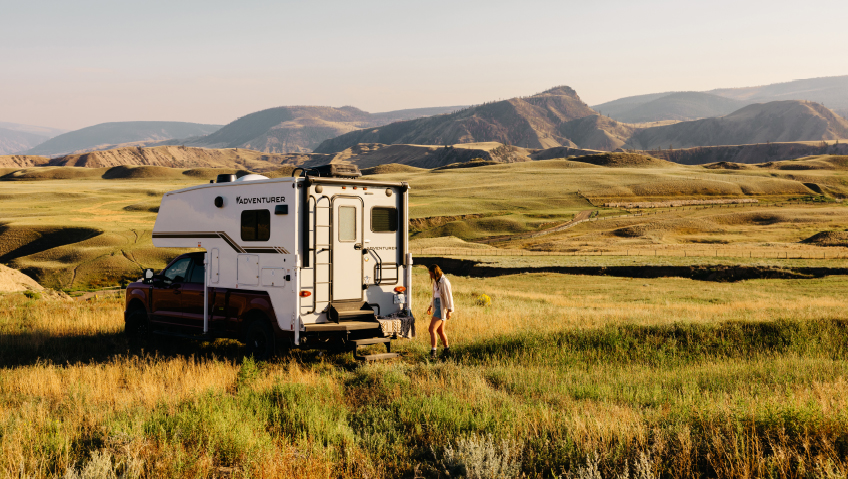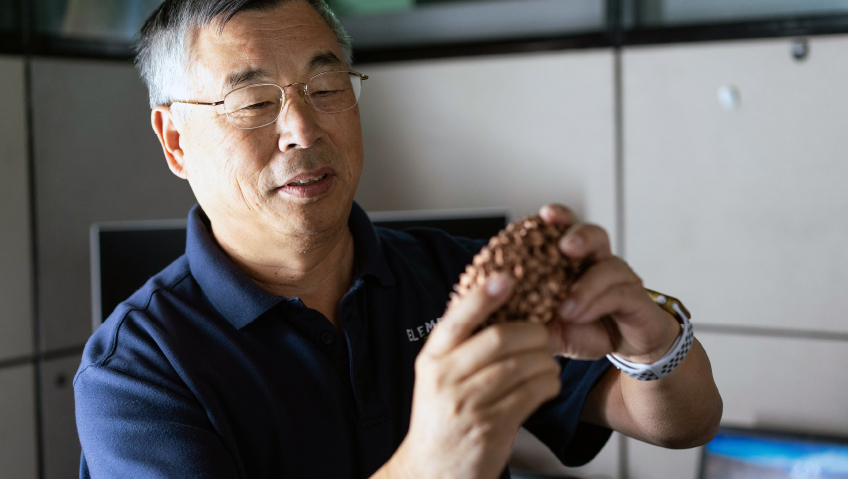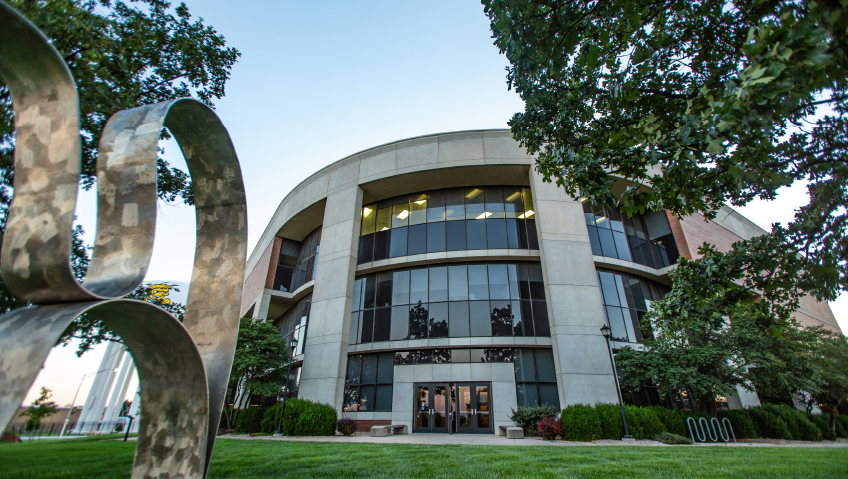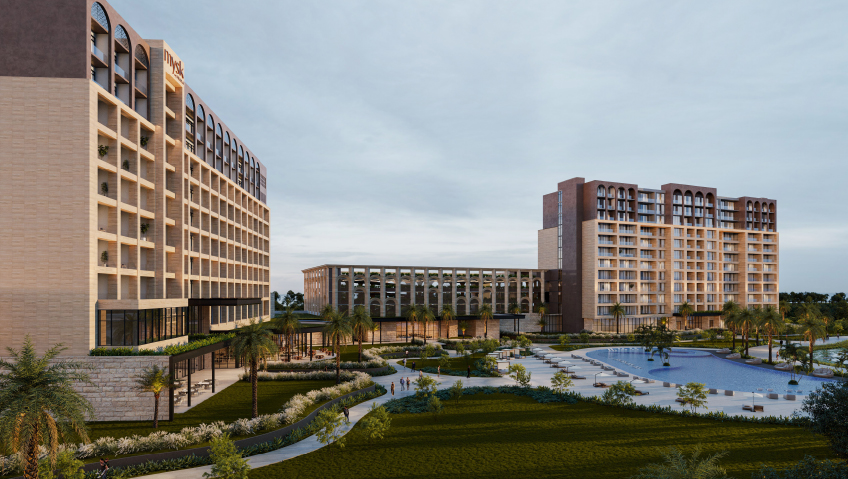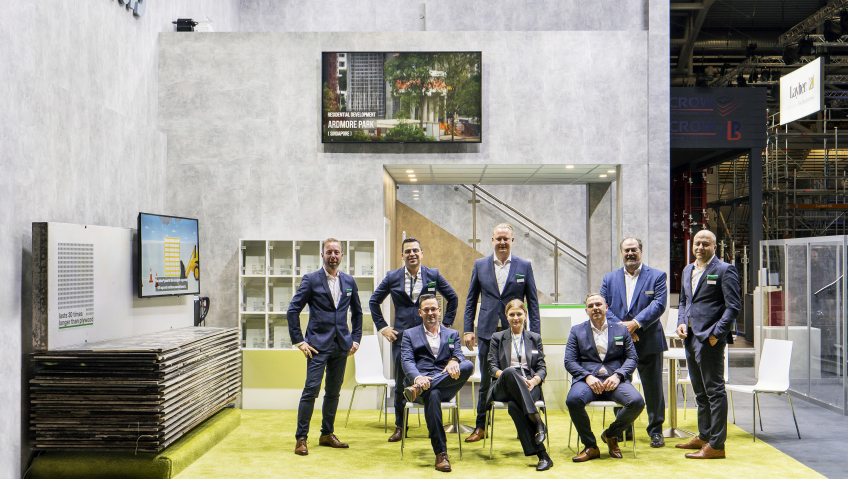Erdman Epp launched Adventurer Manufacturing in British Columbia back in 1969, with just five employees and a vision. 55 years later, after growing steadily and relocating to a state-of-the-art facility in Yakima, Washington, the company is a renowned RV and camper manufacturer that employs over 150 people, while remaining family-owned and operated.
Being family-owned has a deep impact on the company culture. Founder Erdman Epp prioritized hard work and an attention to detail, values he instilled in his staff and family members. “There is a really strong focus on the people that we have on our team,” says Communications Manager Elly Pimentel. Chief Executive Officer David Epp “knows every single person’s name at the factory, which is an astounding feat,” she continues, “and that dedication toward the team and keeping the team sustained is what allows the company to have longevity.”
“The foundation of the company was based on the building of people as much as it was building a product,” adds Vice President of Operations Claus Schroeder.
Another foundation for success has been a “continuous improvement mindset,” he says. “We’re never satisfied until good is better and better is best, and those fundamentals, I think, really help the durability of the organization and attract people that are like-minded.”
Adventurer Manufacturing has just opened a new panel facility. The upgrade came after a close study of the company’s value stream, a map of its processes, and an identifying of opportunities. “Primarily, quality control and material productivity were the two highlights that we identified in the original assessment of the panel operations,” Schroeder says, “and then we were fortunate enough to find a really good facility that checks all the boxes and takes us to what I would call world-class manufacturing infrastructure.”
The company has embraced lean methods “to ensure proper material [flow], proper people flow, to reduce the seven wastes of an operation, and then streamline that and guarantee that we approach that generational target that we’ve set for ourselves as far as the durability of the product and the integrity of the product,” he says.
In addition, the company’s main campus was recently modernized. This includes an addition of approximately 40,000 square feet with 30-foot ceilings. The company has also replaced all the lighting in the facility with LED fixtures “to provide a really good, bright workplace,” says Schroeder. “Air quality is 100 percent better now that we’ve got proper air ventilation. We’ve done a lot of the [lean] structuring of flow of tools and materials.”
And these efforts for improvement will continue. “Now that we have moved out the panel operations from the main site, we have more room, and we’re looking at reconfiguring the production line to further apply some of the lean methods for material flow. We are adopting a lot of the best practices from the industry for just-in-time materials so we have low inventory values and proper workflow, so the productivity of the team is optimized.”
As the manufacturer of the industry-leading Adventurer and Scout brands, the company is committed to producing the highest quality, most user-friendly product possible. “I think one of the universal elements that span both the Scout line and our Adventurer product offerings is sourcing all of our materials [to] provide the highest level of quality right out of the box,” says Pimentel, noting that the team is thoughtful in selecting its vendor partners and obtaining all components that will go into the campers.
Of course, a superior design is also crucial to success. “The customer really does appreciate the simple, uncomplicated approach to design components and overall user experience,” says Director of Marketing Lewis Abercrombie. “That is a big element that we really lean into and is a key driver in product development and engineering, and we see that reflected in what our customer values. Within the truck camper category, Scout stands out aesthetically. When you see a Scout, it is notably different than other offerings in the market today. That is a key point that I think is resonating with the customer—the overall aesthetic and design of the product itself.”
The company’s commitment doesn’t end after the customer drives away with a new camper; customers are more than “just a sale.” Instead, the team makes sure “that the ownership is equally supported and enjoyable,” Pimentel says. “That is something that I think differentiates Scout and Adventurer.”
“We place a lot of focus on the ownership experience,” she says. “If you go to the Adventurer Manufacturing Google page, comment after comment—especially in these last few years—speaks to the ease of ownership and the support that our team offers.”
The company is actively cultivating strong relationships with dealers as well as with customers. “We are a dealer-based business model,” says Pimentel. “We manufacture, and we rely on a network of highly capable, very well-trusted dealers, and growing that network as well is going to be key to our continued growth.”
Scout Campers recently added a new popup series, and two additional popup models are planned for release in the coming months. “We are moving into that space from having a strong history in the hard-walled camper [side of] the industry,” she shares.
“That’s really the core focus,” Abercrombie explains. “We do have exciting model year updates coming for our hard-walled campers, but that popup category is really something that we’re investing in, really expanding our popup product offering… There has been a lot of anticipation and interest from the customer in this popup category. It is definitely more of a compact version that offers some versatility, so we are really excited to bring that on board.”
Looking ahead, continuous improvement means not only streamlining procedures and eliminating waste, “but also continuing to strive for what’s best,” says Pimentel. “I don’t think that our ability to imagine or our ability to develop product is going to slow down. I think that we are going to continue to see our user base grow in impactful ways because that user base is also supported by a very strong and vibrant community.”
“When I look to Adventurer’s future, I see one that is very supportive in the outdoor industry and aligned with community, building the kind of community that you would want to bring your family into, where you feel safe and you feel that no matter how you grow as a consumer, as a user of the product, that we are there to grow with you,” she adds.
When it comes to product innovation, “we will continue to offer new and exciting products that are going to meet our customers’ needs and that might expand our line into new categories,” says Abercrombie. “We are open and always keeping an eye on how we can best serve our customer and the market, and how we deliver that within our product lines. So we always have an eye toward potentially modifying and expanding into new areas and then, additionally, on just the overall experience. We are looking ahead over the horizon and thinking about how we can create branded experiences that our customers can visit in person.”
After a more than half a century as a family-owned business, Adventurer Manufacturer certainly has the foundation to bring those branded experiences to the customer for many more decades to come.

